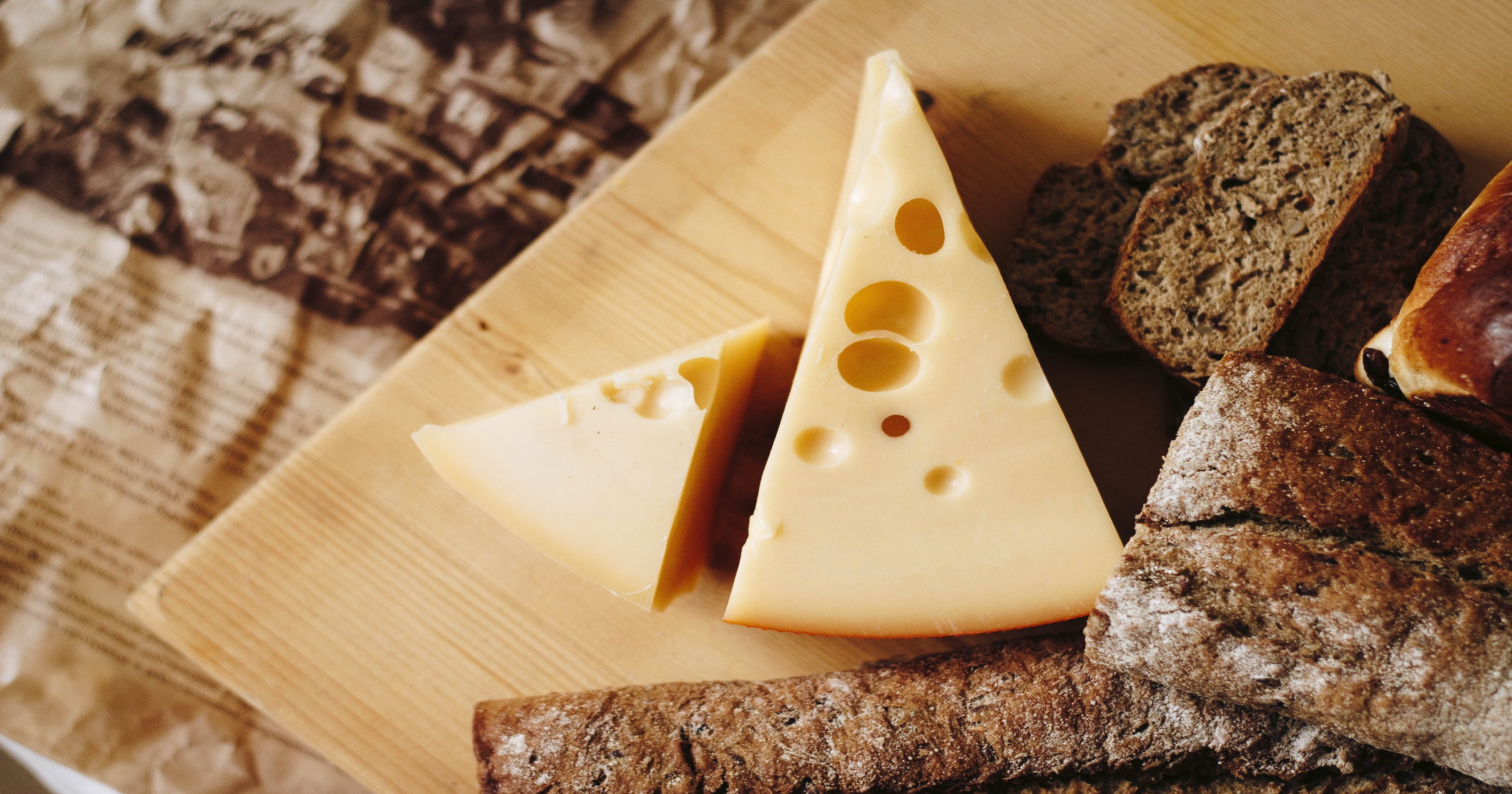Virtual Resource Room Navigation
National and Regional GI Protection Systems
Geographical Indications (GIs) Protection in the United States (U.S.)
- Food and agricultural products
GI Laws and Regulations: Section 4 of the Lanham Trademark Act of 1946 (as amended) provides trademark protection to geographical indications (GIs) through their registration as certification and/or collective marks (15 U.S.C. § 1054).
A certification mark refers to “any word, name, symbol, or device, or any combination thereof–(1) used by a person other than its owner, or (2) which its owner has a bona fide intention to permit a person other than the owner to use in commerce and files an application to register on the principal register established by this Act, to certify regional or other origin, material, mode of manufacture, quality, accuracy, or other characteristics of such person’s goods or services or that the work or labor on the goods or services was performed by members of a union or other organization.” (15 U.S.C. § 1127)
A collective mark refers to “a trademark or service mark–(1) used by the members of a cooperative, an association, or other collective group or organization, or (2) which such cooperative, association, or other collective group or organization has a bona fide intention to use in commerce and applies to register on the principal register established by this Act, and includes marks indicating membership in a union, an association, or other organization.” (15 U.S.C. § 1127)
Registration Process: Applicants seeking registration of geographical indications (GIs) as certification or collective marks must follow a process similar to regular trademarks, with some exceptions (15 U.S.C. § 1054).
Geographical indications (GIs) must be registered with the U.S. Patent and Trademark Office (USPTO). All GI applications are subject to public opposition. Interested parties may file online objections. Additionally, GI registrations can be cancelled for specific reasons and require renewal periodically. (15 U.S.C. §§1051-1072)
Enforcement mechanisms and legal remedies for GI infringements: Parties with a legal interest may initiate proceedings before the Trademark Trial and Appeal Board (TTAB) to challenge the registration or renewal of a trademark (15 U.S.C. § 1063; 15 U.S.C. § 1064; 15 U.S. Code § 1114).
- Spirits and beverages
GI laws and regulations: In the United States, geographical indications for alcoholic beverages, including wines, spirits, and malted beverages, are protected under Section 205(e) of the Alcoholic Beverage Labelling Act of 1988.
The Alcohol and Tobacco Tax and Trade Bureau (TTB) is the agency responsible for regulating the use of geographical indications on alcoholic beverages and provides for standards of identity and requirements for the labeling and advertising of alcoholic beverages.
27 C.F.R. Part 4 (labeling and advertising of wine)
27 C.F.R. Part 5 (labeling and advertising of distilled spirits)
27 C.F.R. Part 7 (labeling and advertising of malt beverages)
Geographical Indications (GIs) Protection in the European Union (EU)
GI Laws and Regulations: The European Union protects geographical indications (GIs) through specific regulations:
- Agricultural Products and Foodstuffs — Regulation (EU) No. 1151/2012 on quality schemes for agricultural products and foodstuffs
- Wines — Regulation (EU) No. 1308/2013 on establishing a common organisation of the markets in agricultural products
- Aromatised wines — Regulation (EU) No. 251/2014 on the definition, description, presentation, labelling, and the protection of geographical indications of aromatised wine products
- Spirit drinks — Regulation (EU) 2019/787 on the definition, description, presentation and labeling of spirit drinks, the use of the names of spirit drinks in the presentation and labeling of other foodstuffs
Regulation (EU) No. 2021/2117 amended Regulations (EU) No. 1308/2013 for wines, (EU) No. 1151/2012 for agricultural products and foodstuffs, and (EU) No. 251/2014 for aromatised wines.
The European Union protects the geographical names of food, wine, and spirit drinks through the implementation of three quality labels:
- Protected designation of origin (PDO)
- Applies to food and wine
- Identifies a product originating from a specific geographical area whose quality or characteristic is essentially or exclusively due to a particular geographic environment and its natural and human factors
- Every step of the production, processing, and preparation process must take place in the same geographical area
- Protected Geographical Indication (PGI)
- Applies to food and wine
- Identifies a product originating from a specific geographical area whose quality, reputation or other characteristic is essentially attributable to the geographical origin of the product
- At least one of the steps of production, processing, or preparation must take place in the place of origin
- Geographical Indication (GI)
- Applies to spirit drinks
- At least one of the steps of distillation or preparation must take place in the place of origin
For further information, please consult the European Commission (EC) Agriculture and rural development webpage: Geographical indications and quality schemes explained.
Registration process: For more information on the GI registration process in the EU, please consult the European Commission (EC) Agriculture and Rural Development webpage: Registration of the name of a GI product.
For additional information about GIs protected in the EU, please consult GIview, the new portal on GIs.


